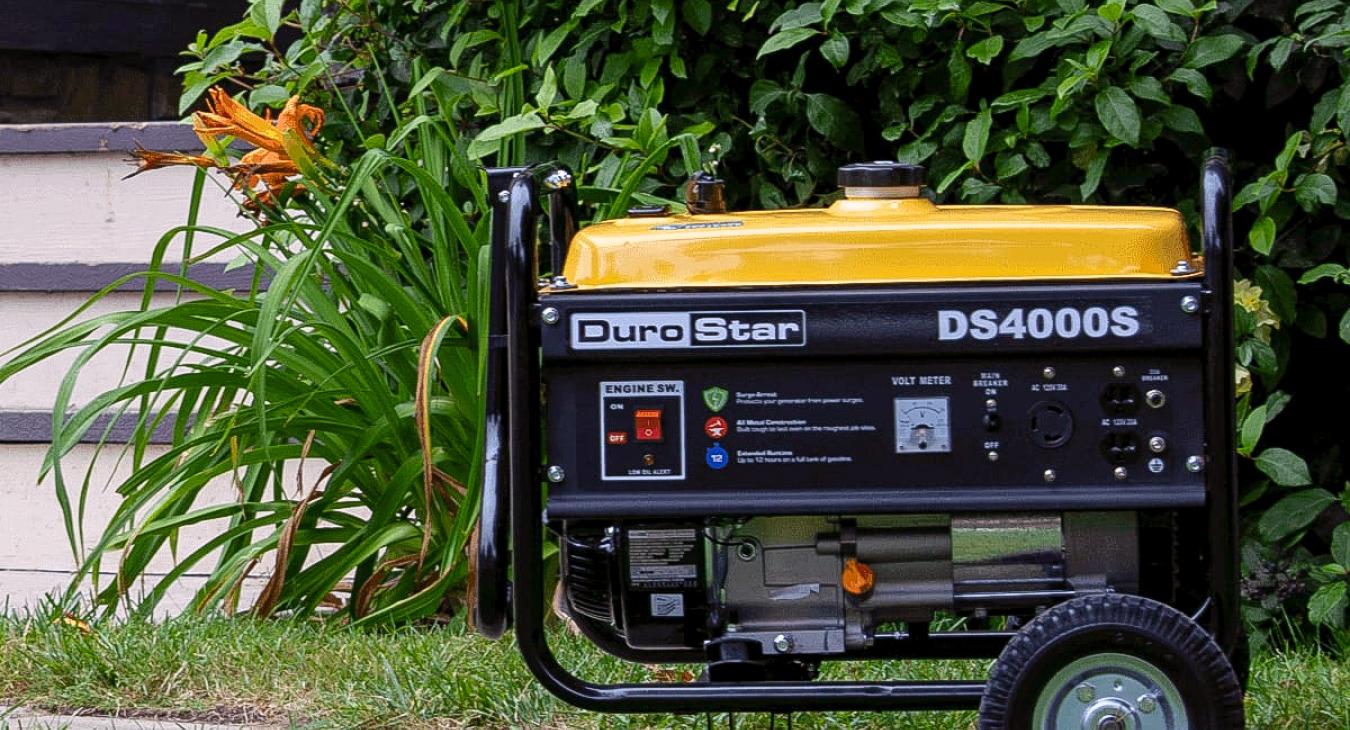Having a generator on hand, whether portable or permanent, may sound like a great idea for times when the power goes out, but misusing one is dangerous. Although they can help light your home or cool your perishable food when the neighborhood is dark, if used incorrectly you could have a much bigger problem on your hands.
When using a portable version, there are two ways to connect it to a home. The first way is with a powered circuit panel that has a power transfer switch, which monitors incoming voltage from the utility line. The circuit panel and transfer switch should always be installed by a qualified electrician. The second option is to plug in a limited number of home appliances directly into a fuel-powered portable generator with heavy-duty extension cords.
Never try to power your home by plugging a generator into a wall outlet. This is known as back feeding, and it could electrocute a neighbor or an electric lineman working to restore power. A permanent generator must also have a transfer switch installed by a qualified electrician to avoid back feeding. Because of the harm an incorrectly powered generator can cause, the transfer switch is required by the National Electrical Code.
The primary hazards of using a portable generator are not pretty. They include carbon monoxide (CO) poisoning from the toxic engine exhaust, electric shock or electrocution, and fire, according to the Federal Emergency Management Agency (FEMA). According to the agency, most of the deaths and injuries associated with portable generators are from CO poisoning when generators are used indoors or in partially enclosed spaces. A permanent or standby generator also has significant risks if not installed by a qualified electrician. Installing one is extremely dangerous and not a Do-It-Yourself project.
Portable versions are less expensive than permanent or standby models and power-only select appliances. The most expensive permanent generators, standby versions that are permanently installed and power most of the appliances in your home, are convenient but pricey. The average permanent system costs around $10,000.

